11 Things That Could Save Your Life If You Face a Wolf in the Wild
Wolves are incredible creatures—intelligent, powerful, and built for survival. But if you ever lock eyes with one in the wild, your first thought should be, ‘how do I get out of this alive?’ Unlike the friendly dogs we know, these predators don’t hesitate when they see an opportunity. Knowing how to handle the situation could mean the difference between walking away and becoming part of nature’s food chain. Here’s how to tip the odds in your favor.
Own the Moment—Don’t Freak Out
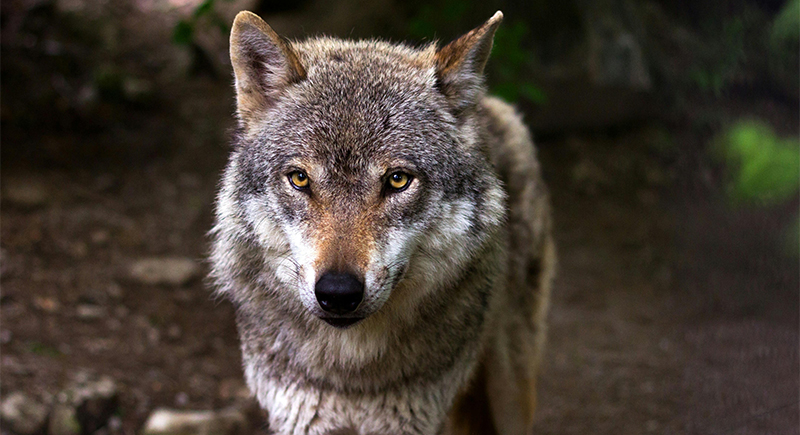
Credit: pexels
Your body gives you away before you even move. Wolves pick up on fear like a lie detector on overdrive. If you panic, hesitate, or shrink, you look like prey. Stand up straight, widen your stance, and make it clear you’re not an easy target. Even if your heart is hammering, fake it.
Running? That’s a Death Sentence

Credit: iStockphoto
The second you bolt, it’s game over. Wolves are endurance hunters, built to chase and take down faster animals than you. Even if you think you can sprint to safety (spoiler: you can’t), their instincts will override logic. Instead, hold your ground and move back slowly. Think controlled, not scared.
Eye Contact—Use It, But Don’t Overdo It

Credit: iStockphoto
This one’s tricky. Staring directly into a wolf’s eyes can establish dominance, but too much translates into a challenge. The key is balance—look confident but don’t lock in like you’re trying to win a staring contest. Break eye contact every few seconds while staying alert.
Talk Like You Mean It

Credit: iStockphoto
Your voice is a weapon. A steady, firm tone signals confidence while shouting might push the wolf into fight mode. Say something short and clear—“Not today.” “Back off.” The goal is to make it obvious that you’re not an animal, you’re something unpredictable.
Make Yourself Look Bigger

Credit: pexels
Size matters in the wild. Wolves assess threats based on how formidable they look. Lift your arms or hold something above your head. The bigger you appear, the less appealing you become. If you look like too much effort, they might decide you’re not worth it.
Back Away Like You Have a Plan

Credit: iStockphoto
Turning your back is an invitation to be chased. Instead, step backward at a controlled pace, never breaking eye contact for long. If the wolf follows, stop. Let it know you see it and aren’t running.
Get Some Height—Even a Few Feet Helps

Credit: iStockphoto
If there’s a boulder, log, or incline nearby, get on it. Wolves hunt from high ground, but they don’t love looking up at a potential threat. Even standing on a small rock makes you seem more imposing. They respect hierarchy—be the one on top.
Keep Your Dog Close—Or It’s Gone
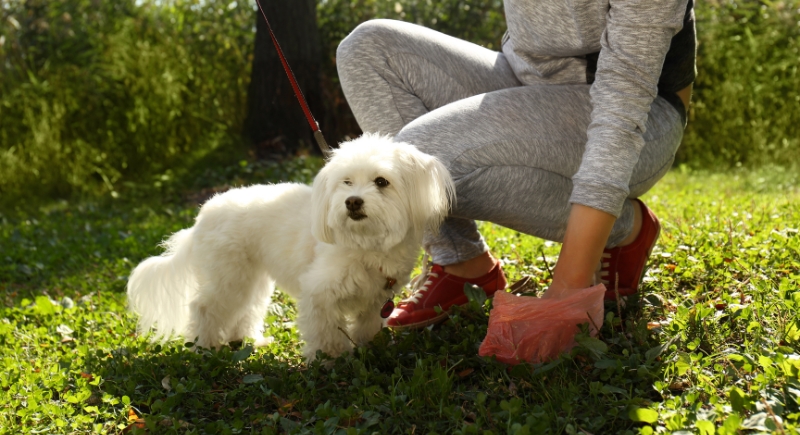
Credit: Canva
A loose dog is practically an invitation for disaster. Even well-trained pets might charge, and wolves won’t hesitate to defend themselves. If you’re with a small dog, pick it up. Bigger dog? Keep it leashed and calm. The last thing you want is a fight breaking out.
No Sudden Moves
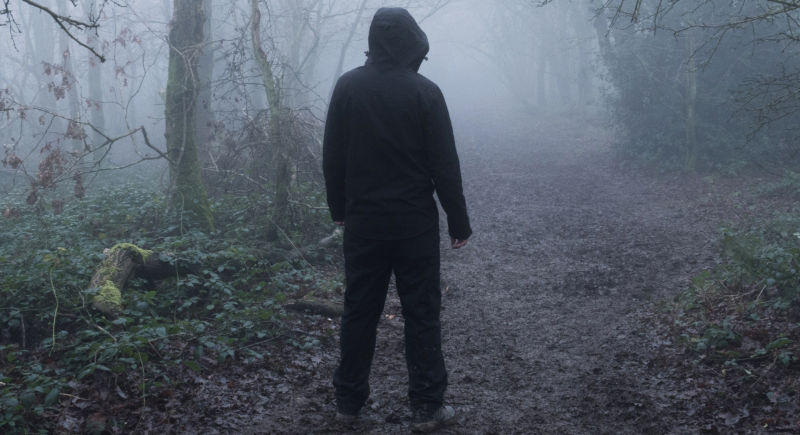
Credit: David Wall’s Images
Every motion you make should be deliberate. Sudden gestures trigger a wolf’s natural response to movement, which is to attack first and assess later. Move with control, keep your hands visible, and don’t fumble for anything in a way that suggests weakness.
Never Turn Your Back. Ever.

Credit: Scopio
Walking away too fast or turning around completely is the ultimate mistake. Wolves attack from behind, and once you’re not watching, you’re vulnerable. Stay front-facing at all times, no matter how badly you want to look away.
Noise Can Work—If You Do It Right
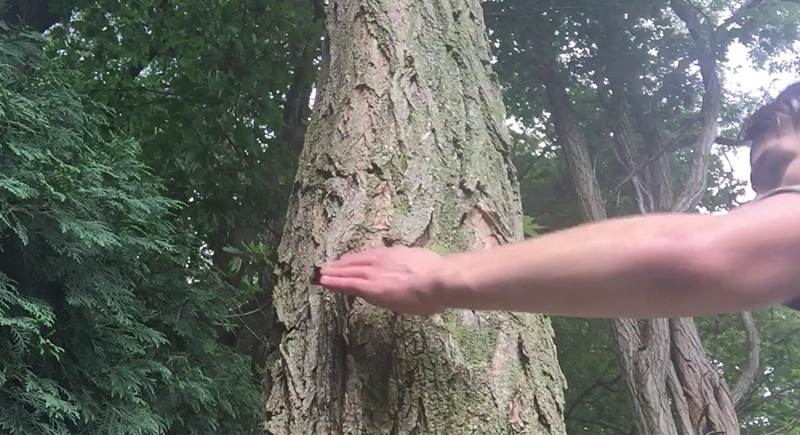
Credit: Youtube
A well-timed loud noise can throw a wolf off its game. The trick is surprise, not aggression. Clap, stomp, or smack something against a tree—not in a desperate way, but like you’re in control. If the wolf sees unpredictability, it might decide you’re too risky to engage.
Show No Weakness—Even If You Feel It
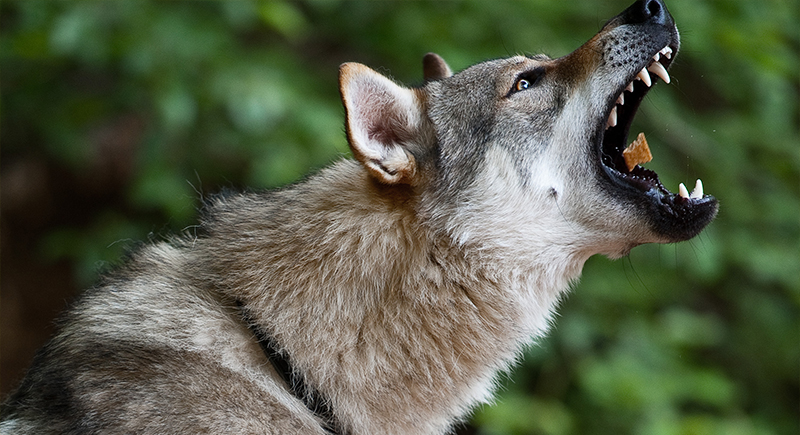
Credit: Wikimedia Commons
In the wild, hesitation means death. If you stumble, limp, or even seem unsure, wolves notice. They survive by recognizing weak targets. So even if you’re terrified, walk with purpose, keep your breathing steady, and project confidence. You need to look like the bigger threat.
Put Something Between You and It

Credit: iStockphoto
A stick, a backpack, a trekking pole—anything that creates space is useful. Holding a long object outward can make you seem harder to attack. The goal isn’t to fight but to create a mental and physical barrier.
Stick Together—Or Make It Look Like You Do

Credit: Canva
If you’re with others, close the gap and stand as one unit. Wolves are tactical and less likely to attack a group. And if you’re alone, pretend you have it under control. Hold out your jacket to seem broader or stand near objects that create an illusion of company.
Assume There’s More Than One
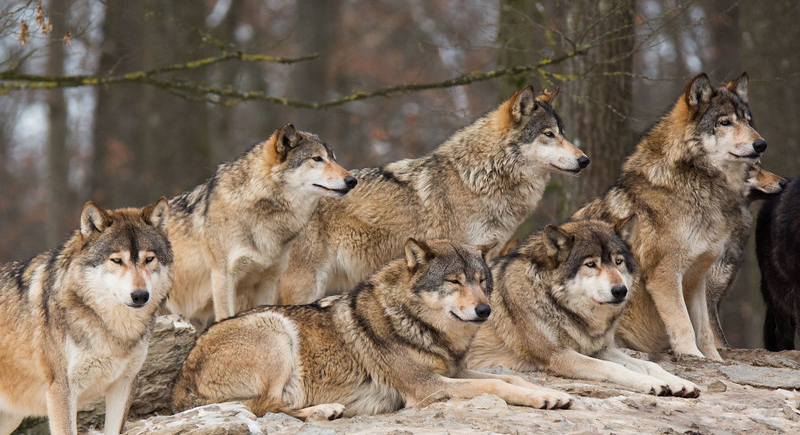
Credit: flickr
A single wolf is rare. If you see one, assume more are nearby. Wolves communicate silently by coordinating movements that you won’t see until it’s too late. Keep scanning your surroundings—if a second wolf appears, the situation has changed.
Don’t Get Aggressive—That’s Not How This Works
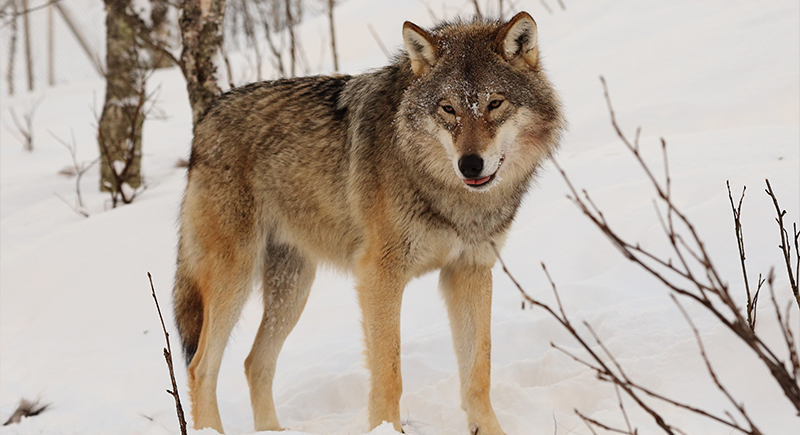
Credit: Wikimedia Commons
Wolves don’t fall for bluff charges like bears might. Rushing at them or throwing objects at them could push things in the wrong direction. If you need to throw something, aim past them—not directly at them. It breaks their focus without making them defensive.
If It Attacks, Fight Like Your Life Depends on It

Credit: flickr
Because it does. Playing dead won’t work. Go for the face, nose, and eyes. Use anything—rocks, sticks, fists—to inflict pain. Wolves aren’t reckless; if you make them question their own survival, they might back off.
Climb If It’s Safe—Otherwise, Stand Your Ground
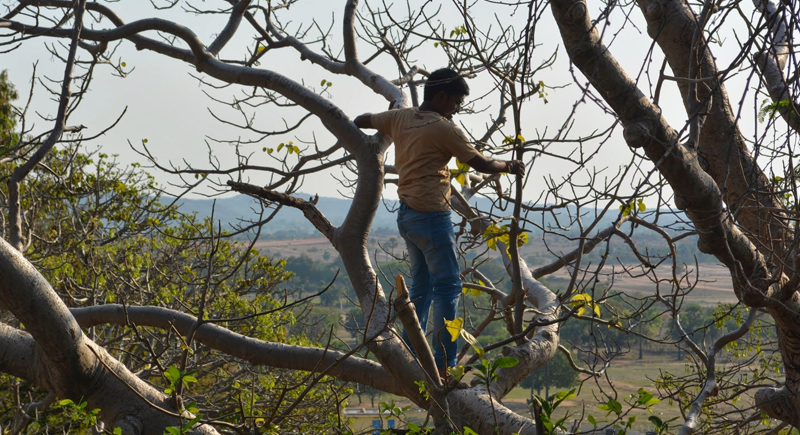
Credit: Wikimedia Commons
Wolves can’t climb well. If a sturdy tree or structure is nearby and climbing is an option, go for it. But don’t waste precious seconds scrambling if the wolf is already too close. If you miscalculate and fall, you’ll in real trouble.
Adapt—Because No Encounter Is the Same
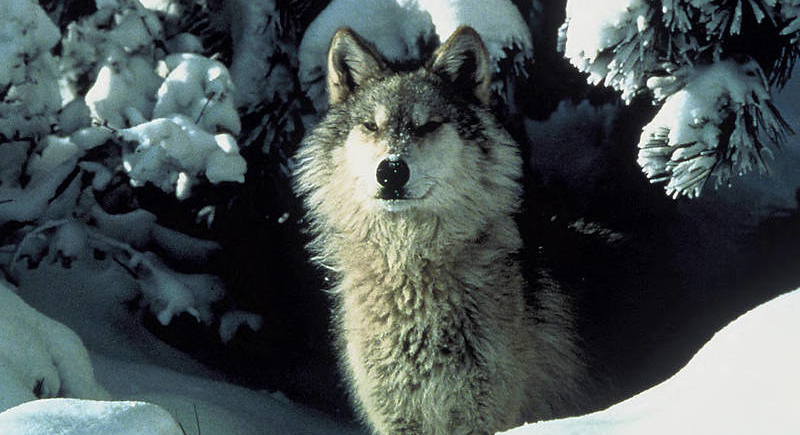
Credit: flickr
One wolf might back off after a firm stance, while another might test your limits. Your job isn’t to memorize a script—it’s to stay aware, think on your feet, and adjust. Every situation is different, and survival depends on reading it in real time.